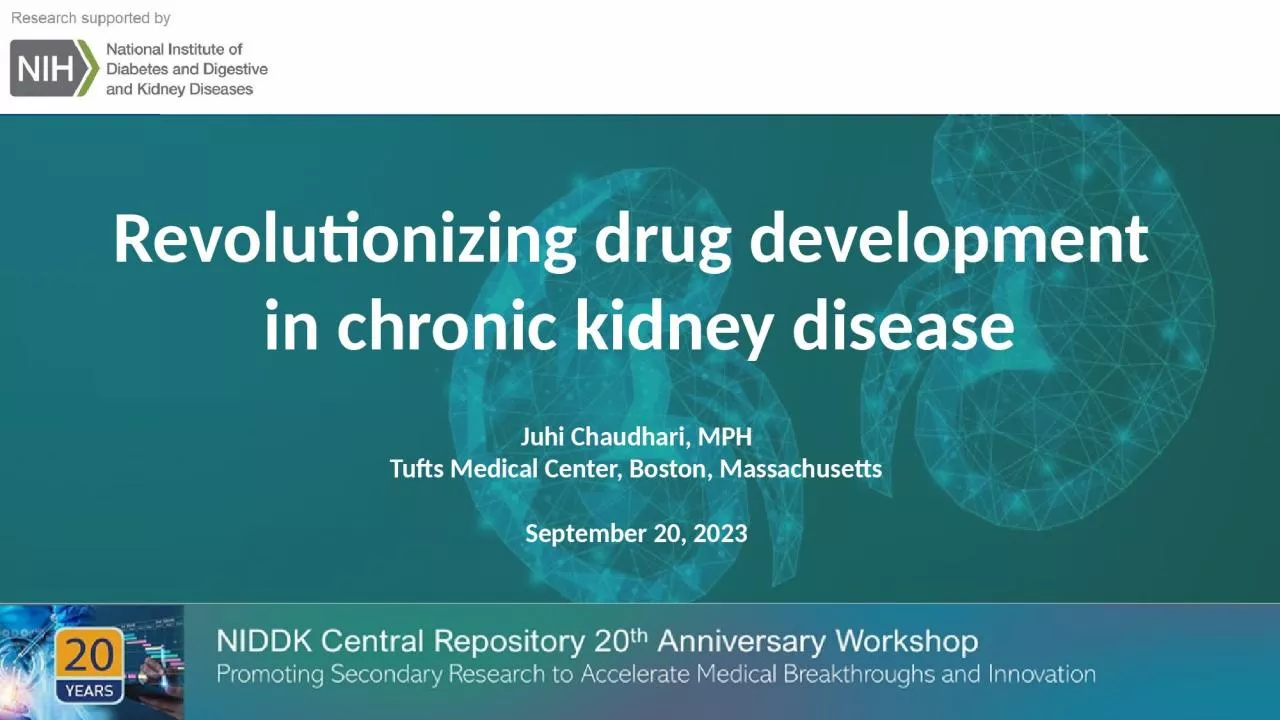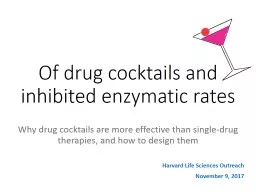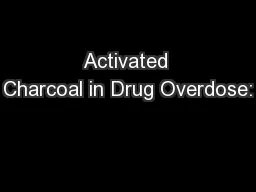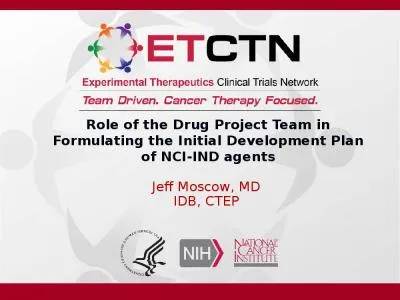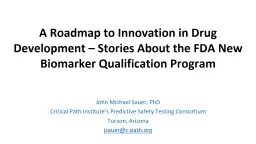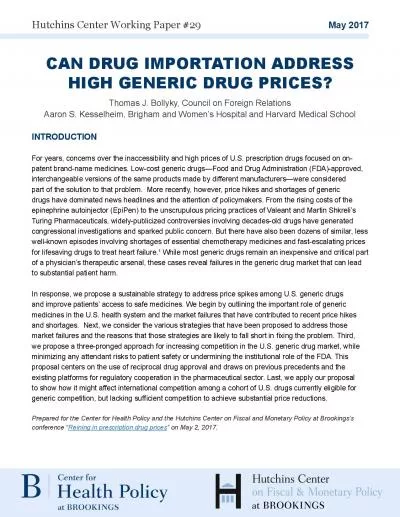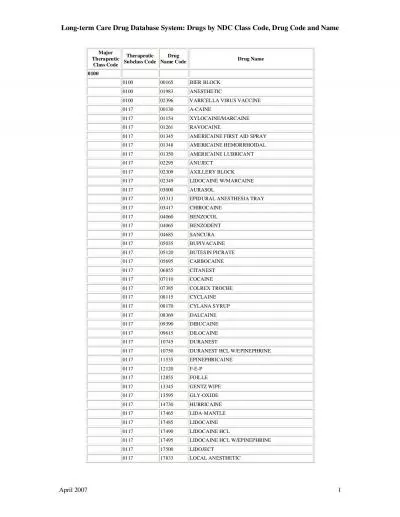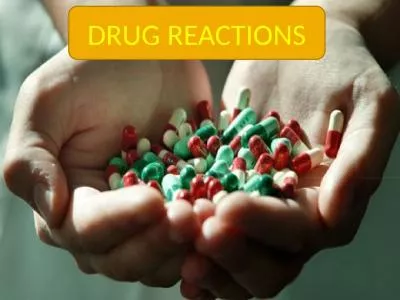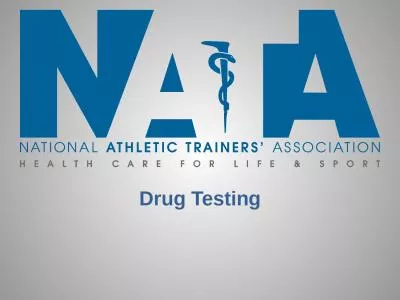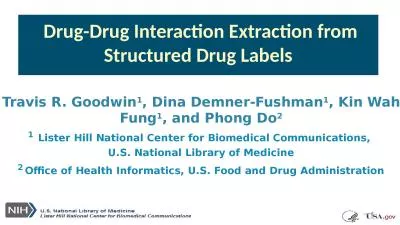PPT-Revolutionizing drug development
Author : ceila | Published Date : 2024-01-29
in chronic kidney disease Juhi Chaudhari MPH Tufts Medical Center Boston Massachusetts September 20 2023 Outline Clinical problem and unmet need Solutions CKDEPI
Presentation Embed Code
Download Presentation
Download Presentation The PPT/PDF document "Revolutionizing drug development" is the property of its rightful owner. Permission is granted to download and print the materials on this website for personal, non-commercial use only, and to display it on your personal computer provided you do not modify the materials and that you retain all copyright notices contained in the materials. By downloading content from our website, you accept the terms of this agreement.
Revolutionizing drug development: Transcript
Download Rules Of Document
"Revolutionizing drug development"The content belongs to its owner. You may download and print it for personal use, without modification, and keep all copyright notices. By downloading, you agree to these terms.
Related Documents

